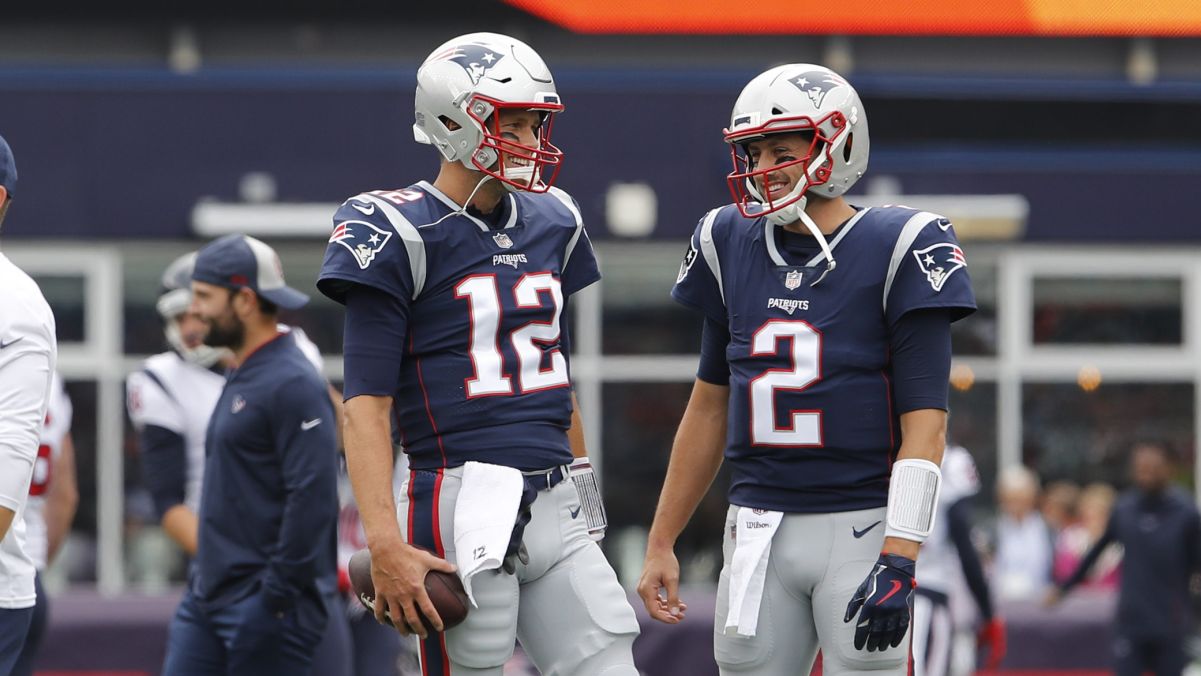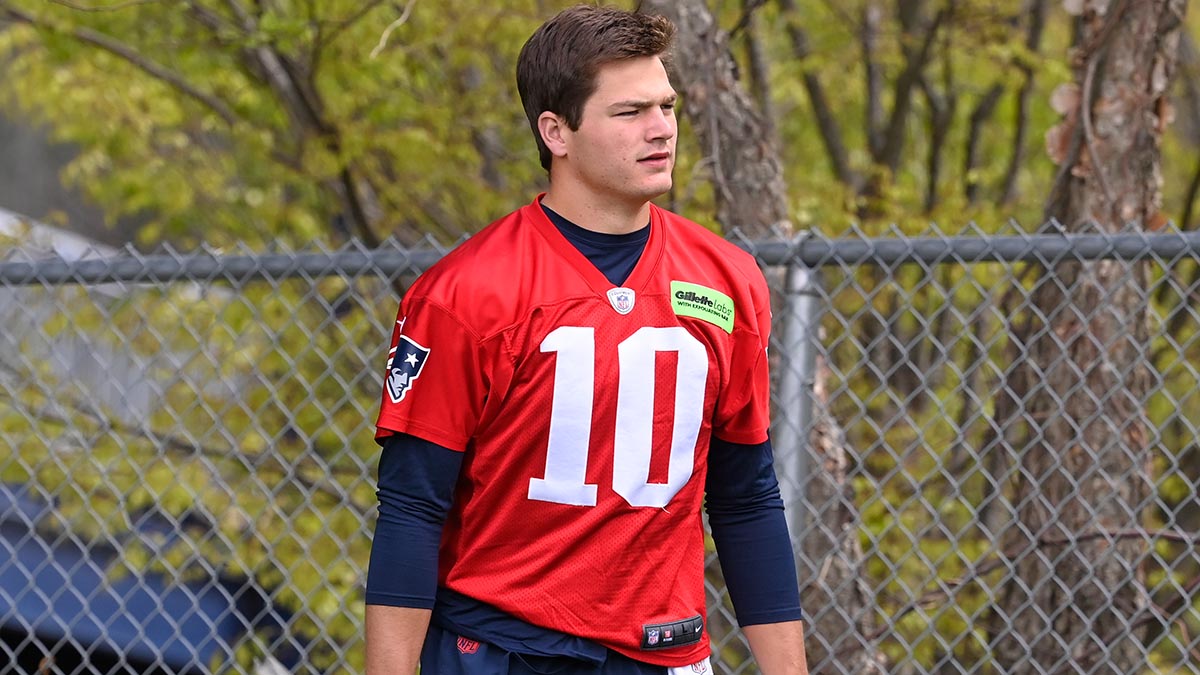The NFL has a handful of written guidelines when it comes to laterals. For players, Sunday introduced a new cardinal rule: Don’t do what Jakobi Meyers did.
Four years after losing the “Miracle in Miami,” the New England Patriots tried their own hand at lateraling the ball and saw catastrophic results. Tied 24-24 on the last play of regulation, running back Rhamondre Stevenson took a handoff at his own 45-yard line. After running well into Las Vegas Raiders territory, he pitched the ball to Meyers.
The wideout proceeded to make one of the biggest blunders in NFL history. Meyers proceeded to run 10 yards backwards and launch the ball to midfield. Raiders edge rusher Chandler Jones comfortably caught the ball, bulldozed over Patriots quarterback Mac Jones and raced into the endzone to give his team a head-scratching victory.
Stay in the game with the latest updates on your beloved Boston sports teams! Sign up here for our All Access Daily newsletter.
While laterals have saved teams like the Dolphins and the Cal Bears on “The Play,” Meyers and the Patriots created a low point with the “Las Vegas Lateral.”
For those of you who are confused by what happened on the play, you’re not alone. Here’s a look at how laterals are meant to work in football:
What is a lateral pass in football?
A lateral comes when a player tosses the ball backwards.
New England Patriots
How many lateral passes are allowed during one play in football?
A player can throw a backwards pass at any time, meaning there is no limit to the number of laterals that could take place on a single play.
Can you pass backwards in football?
If a player tosses the ball backwards behind the line of scrimmage, it can still be passed forward from behind the line of scrimmage. Once the ball is passed forward or crosses the line of scrimmage, it can no longer be passed forward.
Can a lateral pass hit the ground?
A lateral pass can hit the ground. That gives the team with a ball a chance to keep a play alive even if one of the laterals reaches the turf.
This rule is also of particular importance when the lateral is made behind the line of scrimmage. For instance, when a quarterback throws an incomplete screen, there is often a mad dash for the football since there is a possibility the ball was passed backwards instead of forward. A forward pass would be ruled incomplete, while a backwards pass that hits the ground would be up for grabs.
What is an illegal forward pass?
An illegal forward pass comes when a passer’s entire body and the ball are past the line of scrimmage when the ball is released. Other examples include a second forward pass of any kind being made by the offense or any forward pass being made after a change of possession.
The NFL penalizes an illegal forward pass differently based on the situation:
- “For a forward pass from beyond the line of scrimmage: loss of down and five yards from the spot of the pass.”
- “For a second forward pass from behind the line, or for a forward pass that was thrown after the ball returned behind the line: loss of five yards from the previous spot.”
- “For a forward pass thrown after a change of possession: loss of five yards from the spot of the pass.”
When did the forward lateral become legal?
For years, laterals were the only passes permitted in football. It wasn’t until 1906 that the Rules Committee, the governing body of college football at the time, legalized the forward pass.
The NFL has only existed in a world where the forward pass is legal. The league was founded in 1920 as the American Professional Football Association and saw 31 total passing touchdowns in its first season.


